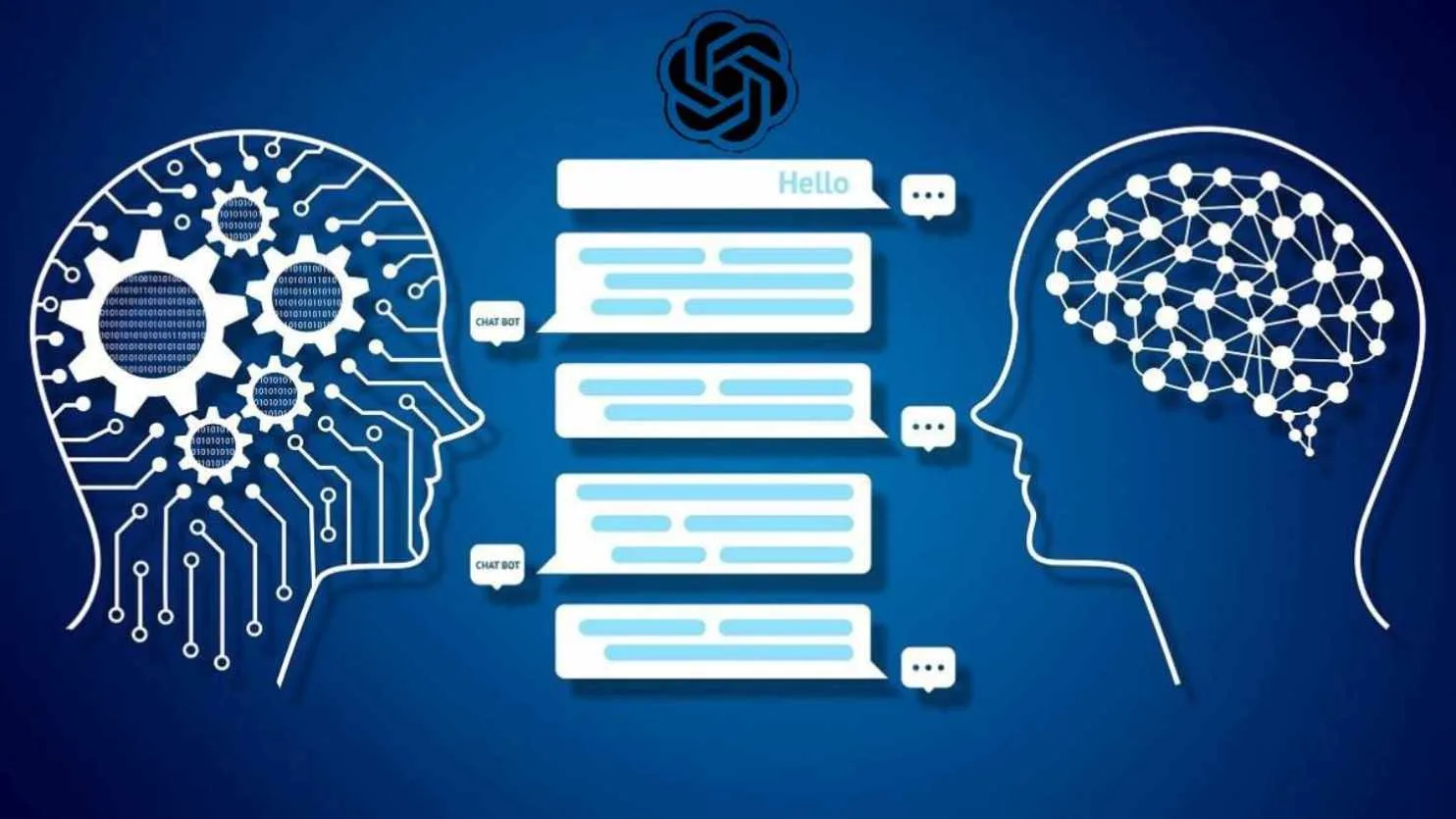There are concerns that the use of AI language models like ChatGPT could be contributing to a slowdown in the publication of original content on the internet.
The internet has transformed the way we access information, connect with others, and consume content. With the rise of social media and other online platforms, the amount of content being published on the internet has exploded in recent years.
As an AI language model, ChatGPT is designed to assist users in generating human-like responses to their queries based on the information available in its training data.
The model uses machine learning algorithms to analyse large volumes of text data and learn patterns and relationships between words and phrases. It then uses this knowledge to generate coherent and contextually appropriate responses to user queries.
While ChatGPT and other AI language models are designed to be helpful tools, there are concerns that their use could be contributing to a slowdown in the publication of original content on the internet.
One possible reason for this is that users may rely too heavily on these models to generate content, rather than creating original content themselves. This could lead to a decrease in the volume of original content being published on the internet, as users may be more likely to use pre-existing content generated by AI models.
Furthermore, the use of AI language models like ChatGPT could potentially contribute to the spread of misinformation and fake news. If users rely on these models to generate content without fact-checking or verifying the information, it could lead to the dissemination of false information.
This could undermine the credibility of information on the internet and contribute to a decrease in the publication of original content.
It is important to note that the impact of AI language models on the publication of original content on the internet is complex and multifaceted. While there are concerns that these models could contribute to a slowdown in the publication of original content, there are also benefits to their use.
For example, AI language models can assist users in generating high-quality content quickly and efficiently, which could lead to an increase in the volume of content being published on the internet.
Additionally, AI language models can be used to enhance the quality of original content by providing users with suggestions and insights for improving their writing.
Can search engines to distinguish between AI-generated content and original content?
As AI language models become more advanced, it can become increasingly difficult for common internet search engines to distinguish between AI-generated content and original content. This is because AI-generated content can often be very high-quality and appear very similar to human-generated content.
However, search engines are constantly evolving to keep up with the latest trends and developments in technology. One way that search engines can potentially distinguish between AI-generated content and original content is by using algorithms that analyse the structure and syntax of the content.
For example, if an article is structured in a way that is highly characteristic of AI-generated content, search engines may be able to identify it as such.
Additionally, search engines may be able to use metadata and other information about the content to determine whether it is AI-generated or not. If the content is tagged as being generated by an AI language model, search engines may be able to use this information to flag the content as potentially being AI-generated.
Despite these efforts, however, it can still be difficult for search engines to reliably distinguish between AI-generated content and original content. This is because AI language models are constantly improving and becoming more sophisticated, making it harder for algorithms to differentiate between the two.
In the end, it is likely that search engines will continue to rely on a combination of algorithms, metadata, and other techniques to try and identify AI-generated content. However, as AI technology continues to evolve, it is possible that AI-generated content may become increasingly difficult to distinguish from original content, presenting new challenges for search engines and content creators alike.
How much internet content is already AI generated ?
It is difficult to estimate exactly how much internet content is AI-generated, as there is no centralised repository of all content on the internet. However, it is clear that the use of AI-generated content is on the rise.
Experts have estimiated as much as 90 percent of global internet content may be synthetically generated by 2026
The 90 percent figure brings up many other questions as well- what kind of effects will AI systems such as Dall-E and GPT-3 have on content producers such as writers and journalists?
Moreover, as we go back to the topic of fake news, what will the distribution and consumption of information be in a time period where AI-created digital content is so prevalent?
There are a variety of applications for AI-generated content, ranging from chatbots and virtual assistants to news articles and product descriptions. Many businesses and organisations are using AI language models like GPT-3 to generate content for their websites and social media accounts, as well as to automate customer service interactions.
In addition, there are now platforms and services that specialise in generating AI content for specific purposes.
A classic example of these platforms is Copy.ai. It is a platform that uses AI language models to generate a marketing copy, while TalkToTransformer is a website that allows users to input a prompt and generate a full article or story based on that prompt.
While it is difficult to estimate the exact percentage of internet content that is AI-generated, it is clear that AI-generated content is becoming more prevalent
In conclusion, while there are concerns that the use of AI language models like ChatGPT could be contributing to a slowdown in the publication of original content on the internet, the impact of these models is complex and multifaceted.







